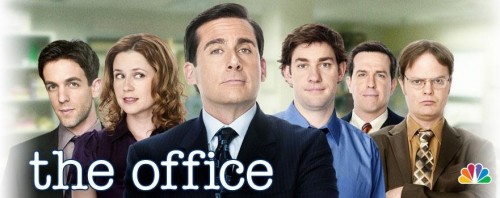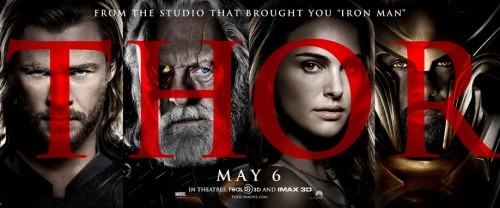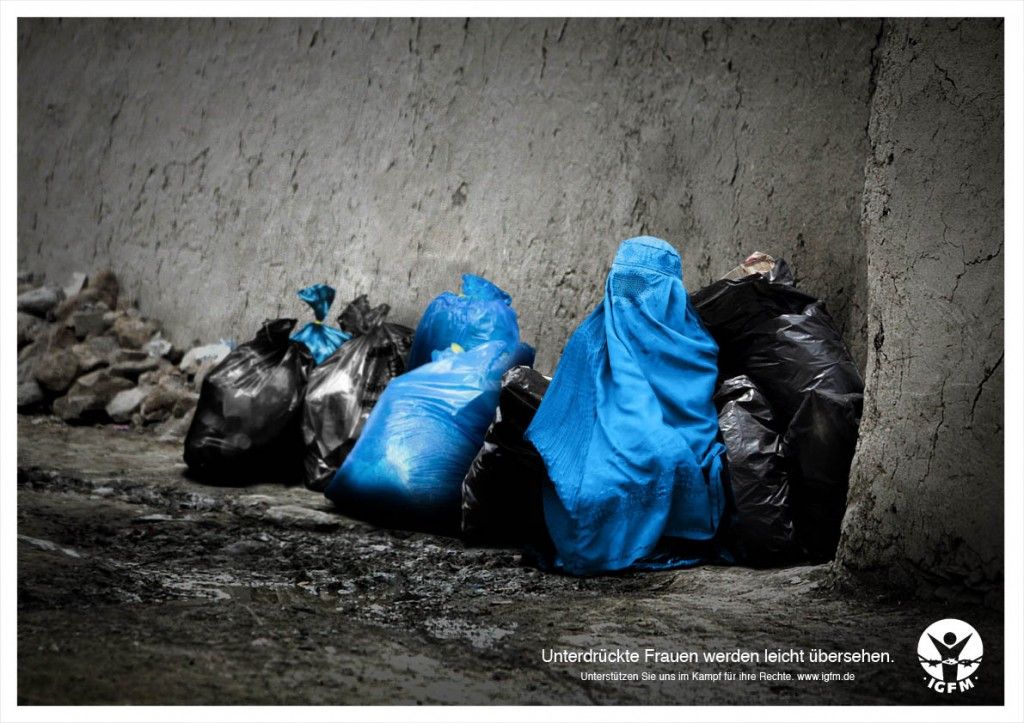Cross-posted at Jezebel.
Way back in September of last year, Baxter sent us this Star Trek promotional poster, which showed the main cast staring straight out at the viewer, with the exception of the one female character, who was turned to the side, glancing sideways at the viewer with her mouth slightly open:
We didn’t get around to posting about it at the time, but I thought of it when I saw the image from the Hulu site for the U.S. version of The Office, sent in by Jessica F. Similarly to the Star Trek poster, all of the male characters are looking straight out at the viewer, mouths closed, while the one female character has her head turned to the side, mouth slightly open; in this case, she’s looking at one of the male characters, not the viewer:
In both these posters, the men meet the viewer head-on, if you will. Their bodies are aimed straight at the viewer, they make eye contact, and that contact is confident. In contrast, the women avert themselves. Their body language is less self-assured. The woman in the Star Trek poster is alluring, a passive sexiness; the woman in the Office poster is referential, using her eyes to draw attention to the show’s star.
After initially posting those, I asked for more examples and readers sent them in. Jessica T. pointed out this banner ad for Thor:
She also found an ad for the TV show Bones, which has the women smiling at the camera much more openly (well, except for Bones):
d














